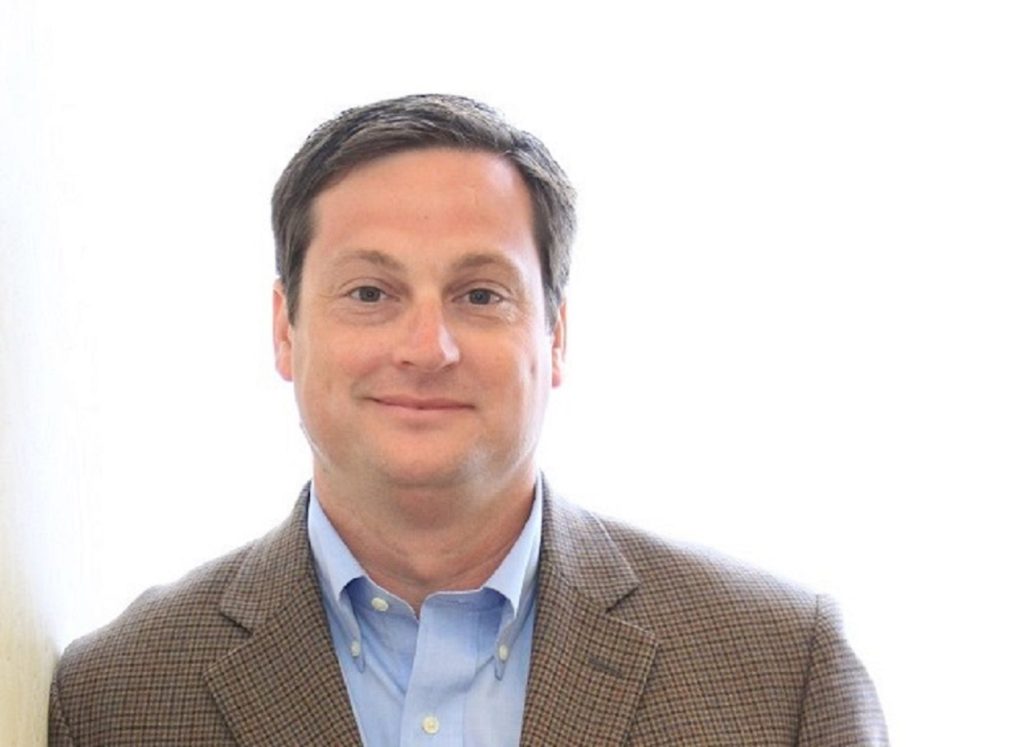
Due to the COVID-19 pandemic, and its severe impact on long-term care facilities, administrators are looking into everything possible to slow and hopefully stop the spread of the disease in their facilities.
Because effective cleaning plays such a significant role in keeping people healthy, especially seniors, some long-term care administrators wonder how often frequently touched surfaces should be cleaned. Further, do these surfaces need to be disinfected and, once again, how frequently?
Unfortunately, this can be a difficult question to answer. A key reason is that no two facilities are designed the same, used the same, have the same number of building users, and so on.
However, two studies do provide some answers.
The airplane study
One was conducted by the University of Hong Kong in, of all places, airplane cabins. These were selected because unlike buildings that can vary in design and use, most airplane cabins look similar and are used similarly.
Comparable numbers of people board the plane and touch many of the same surfaces while on the plane. If their hands have germs, bacteria, or pathogens on them, these can be transferred to those surfaces. As this happens, these surfaces become what the researchers called “root surfaces.”
As more people touch these root surfaces, contamination builds up. However, what happens next is the real problem.
As each individual touches the root surfaces, they also touch other areas of the plane, creating what the researchers referred to as a “surface touch network.”
Now that we understand how pathogens circulate in an airplane, how quickly does contamination buildup occur?
To determine this, the researchers first ensured that all touchable surface areas were cleaned before passengers boarded the planes. As to how quickly they became contaminated, the scientists reported that “in less than two to three hours, most high-touch surfaces in the cabin were contaminated; within five to six hours, nearly all touchable surfaces were contaminated.” 1
The medical facility study
In another study, this time in a hospital, lockers, left and right bed rails, and over-bed tables in 30 spaces were screened for traces of MSSA and MRSA (methicillin-susceptible and methicillin-resistant Staphylococcus aureus). After ensuring these surfaces were free of these pathogens, they were tested again to determine microbial growth once patients started using these spaces. The researchers found that within four hours, most of the surfaces were contaminated to varying degrees.2
This is similar to what the researchers studying airplane cabins found. However, after 48 hours, all sites, excluding the overbed tables, were contaminated.
The takeaway
What both studies tell us is that just-cleaned, commonly touched surfaces can become alarmingly recontaminated with germs and bacteria within a matter of hours. If bed rails in a patient’s room, for instance, are wiped clean and disinfected in the morning, expecting them to be contamination-free 24 hours later is unrealistic.
Does this mean housekeepers must keep cleaning and disinfecting the same surfaces repeatedly throughout the day? This likely will not be possible or practical in most situations.
However, we have options. First, conduct a high-touch audit. The researchers in the second study specifically selected surfaces they knew could be contaminated during the day. A high-touch audit will uncover similar surfaces. Now we can focus on these surfaces. These are the ones that must be cleaned more frequently, possibly two or three times more per day in a long-term care facility.
Second, work with an astute janitorial distributor who is familiar with long-term care facilities and their cleaning and disinfecting needs. Some also has access to online “dashboards” that can help determine more precisely which cleaning solutions and disinfectants should be used. These can vary from facility to facility due to a variety of reasons. Dashboard technologies help distributors and their clients determine the most effective — and most cost-effective — products to use.
Finally, long-term care facilities should invest in a simple device that does not necessarily tell us if surfaces are contaminated but provides us with a “red flag” that they may be contaminated. What we are referring to are ATP monitoring systems, now available from several manufacturers. All nursing homes and long-term care facilities should have at least one.
These have been used for decades in different industries to ensure surfaces are clean and pathogen-free. With COVID, and especially with its impact on nursing homes and similar facilities, these monitors are needed more than ever before.
Michael Wilson is AFFLINK’s vice president of marketing and packaging. He has been with the organization since 2005 and provides strategic leadership for the entire supply chain team. In his free time Wilson enjoys working with the Wounded Warrior Project, fishing, and improving his cooking skills. He can be reached through his company website at www.AFFLINK.com.
1. Lei H, Li Y, Xiao S, et al. “Logistic growth of a surface contamination network and its role in disease spread.” Scientific Report. Published November 1, 2017.
2. Wilson A.M., Reynolds K.A., Canales R.A. “Estimating the effect of hand hygiene compliance and surface cleaning timing on infection risk reductions with a mathematical modeling approach.” American Journal of Infection Control, Volume 47, 2019.





